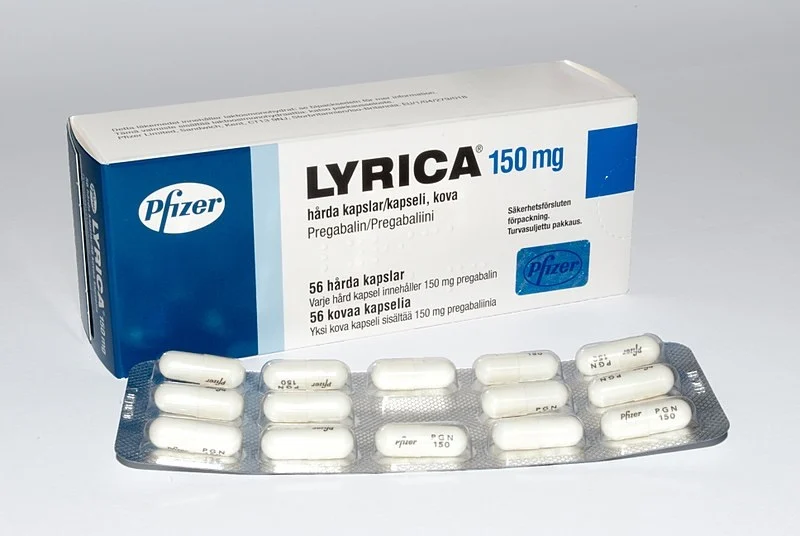Dilaudid, a potent opioid pain medication, is frequently used to manage moderate to severe pain. Known for its effectiveness, Dilaudid is a brand name for hydromorphone and is often prescribed when other pain relievers are not effective. In this comprehensive guide, we will delve into various aspects of it, including its uses, effectiveness, side effects, and comparisons with other pain medications like morphine. Whether you’re a patient seeking pain relief or a caregiver wanting to understand more about this medication, this article will provide valuable insights.

What is Dilaudid?
Dilaudid, or hydromorphone, is an opioid analgesic used to treat severe pain. It works by altering the way the brain and nervous system respond to pain, providing significant relief. Available in various forms such as tablets, injections, and oral solutions, it offers versatile options for pain management tailored to individual needs.
How it Works
Dilaudid binds to opioid receptors in the brain and spinal cord, which are part of the central nervous system. This binding action blocks the transmission of pain signals, resulting in pain relief. Due to its high potency, Dilaudid is effective at low doses, making it a strong option for managing severe pain.
Forms of Dilaudid
It is available in several formulations to suit different patient needs:
- Tablets: Typically prescribed for long-term pain management.
- Injectable Solutions: Used in hospital settings for rapid pain relief.
- Oral Solutions: Suitable for patients who have difficulty swallowing pills or need precise dose adjustments.
- Suppositories: An alternative for those who cannot take medications orally.
Is Dilaudid Stronger Than Morphine?
When comparing Dilaudid to morphine, one of the most frequently asked questions is: Is it is stronger than morphine? The answer is yes. Dilaudid is generally considered stronger than morphine. Specifically, hydromorphone is approximately 5-7 times more potent than morphine. This higher potency means that lower doses of Dilaudid are required to achieve the same pain-relieving effects as morphine.
Comparing Dilaudid and Morphine
Both Dilaudid and morphine are effective for pain relief, but there are notable differences:
- Potency: Dilaudid is significantly more potent, requiring smaller doses to achieve the same effect.
- Onset of Action: Dilaudid typically acts faster, providing quicker pain relief.
- Duration of Action: Morphine tends to have a longer duration of action, which can be beneficial for chronic pain management.
- Side Effects: Both medications have similar side effects, but the intensity and occurrence can vary based on the patient and dosage.
Why Choose Dilaudid Over Morphine?
The choice between Dilaudid and morphine depends on various factors including the severity of pain, patient tolerance, and specific medical conditions. Here are some reasons why Dilaudid might be preferred:
- Higher Potency: Ideal for patients with severe pain requiring strong relief.
- Shorter Duration of Action: Beneficial for managing acute pain episodes.
- Different Side Effect Profile: Some patients may experience fewer side effects with Dilaudid compared to morphine.
What is the Most Common Side Effect of Hydromorphone?
Like all opioids, Dilaudid (hydromorphone) has a range of side effects. What is the most common side effect of hydromorphone? The most common side effect is drowsiness. This sedative effect can impact daily activities and may require adjustments in dosage or timing of medication. Other common side effects include:
- Nausea and Vomiting: Often occurs when starting the medication or increasing the dose.
- Constipation: A frequent issue with opioid use, requiring proactive management.
- Dizziness: Can affect balance and coordination.
- Itching and Sweating: Some patients may experience itching or excessive sweating.
- Respiratory Depression: A serious side effect that requires immediate medical attention if breathing difficulties arise.
Managing Side Effects
Proper management of side effects is crucial for maintaining quality of life while using this medicine. Here are some tips:
- Stay Hydrated: Helps prevent constipation and dehydration, which can exacerbate side effects.
- Take with Food: Reduces nausea and vomiting by mitigating stomach irritation.
- Monitor Dosage: Adjusting the dose under medical supervision can help minimize drowsiness and dizziness.
- Use Laxatives: For managing constipation, consider over-the-counter laxatives as recommended by your healthcare provider.
- Avoid Alcohol: Alcohol can increase the risk of severe side effects and should be avoided while taking it.
What is the Oral Solution for Dilaudid?
For patients who have difficulty swallowing tablets or require a more flexible dosing schedule, the oral solution for Dilaudid offers an effective alternative. The oral solution is typically available in a concentration of 5 mg/5 mL, allowing for precise dosing adjustments tailored to individual patient needs.
Benefits of the Oral Solution
- Flexible Dosing: Easier to adjust the dose based on pain levels and patient response.
- Rapid Absorption: Can provide faster pain relief compared to tablets.
- Ease of Use: Beneficial for patients with swallowing difficulties or those requiring feeding tubes.
How to Use the Oral Solution
Using the oral solution correctly ensures maximum effectiveness and safety. Here are some steps:
- Measure Accurately: Use the provided measuring device to ensure the correct dose.
- Follow Prescription Guidelines: Take the medication exactly as prescribed by your doctor.
- Do Not Mix with Other Liquids: Unless advised by a healthcare professional, avoid mixing the solution with other beverages.
Proper Use
To ensure the safe and effective use of Dilaudid, it is crucial to follow prescribed guidelines and consult healthcare professionals for any concerns. Here are some general tips:
Dosage Instructions
- Follow Prescriptions: Always take exactly as prescribed by your doctor. Do not adjust the dose on your own.
- Measure Accurately: For oral solutions, use the provided measuring device to avoid dosing errors.
- Avoid Overuse: Do not take extra doses or increase frequency without consulting your doctor, as this can lead to serious side effects and dependence.
Safety Precautions
- Avoid Alcohol: Combining Dilaudid with alcohol can increase the risk of severe side effects, including respiratory depression.
- Be Cautious with Other Medications: Inform your doctor about all other medications you are taking to avoid dangerous interactions.
- Store Safely: Keep Dilaudid in a secure place to prevent misuse or accidental ingestion, especially by children.
Recognizing Overdose Symptoms
Overdosing of medicine can be life-threatening. Symptoms of overdose include:
- Extreme Drowsiness: Difficulty staying awake or alert.
- Slow or Shallow Breathing: Indicating respiratory depression.
- Loss of Consciousness: Fainting or inability to wake up.
- Cold and Clammy Skin: A sign of severe overdose.
If you suspect an overdose, seek emergency medical attention immediately.
Comparing Dilaudid with Other Pain Medications
It is often compared to other opioids and pain medications to determine the best option for pain management. Here are some common comparisons:
Dilaudid vs. Oxycodone
- Potency: Dilaudid is more potent than oxycodone, requiring smaller doses for the same effect.
- Onset of Action: Dilaudid generally acts faster, providing quicker relief.
- Side Effects: Both medications have similar side effects, but individual responses can vary.
Fentanyl vs. Dilaudid
- Potency: Fentanyl is one of the most potent opioids available, even stronger than Dilaudid.
- Usage: Fentanyl is often used for chronic pain management in patients with opioid tolerance, while Dilaudid is used for severe acute pain.
- Formulations: Fentanyl is available in patches, lozenges, and injections, whereas it is available in tablets, oral solutions, injections, and suppositories.
Dilaudid vs. Percocet
- Composition: Percocet combines oxycodone with acetaminophen, whereas it is pure hydromorphone.
- Potency: It is more potent, providing stronger pain relief.
- Side Effects: Percocet’s acetaminophen component can cause liver damage at high doses, which is not a concern with Dilaudid.
Patient Experiences
Understanding patient experiences can provide valuable insights into the effectiveness and tolerability. Here are some common themes from patient feedback:
Positive Experiences
- Effective Pain Relief: Many patients report significant pain reduction, even with severe conditions.
- Quick Onset: The fast-acting nature of Dilaudid is frequently praised, especially for acute pain episodes.
- Manageable Side Effects: Some patients find Dilaudid’s side effects more tolerable compared to other opioids.
Challenges
- Drowsiness: A common issue that can impact daily activities and quality of life.
- Nausea: While manageable, nausea can be a persistent side effect for some









